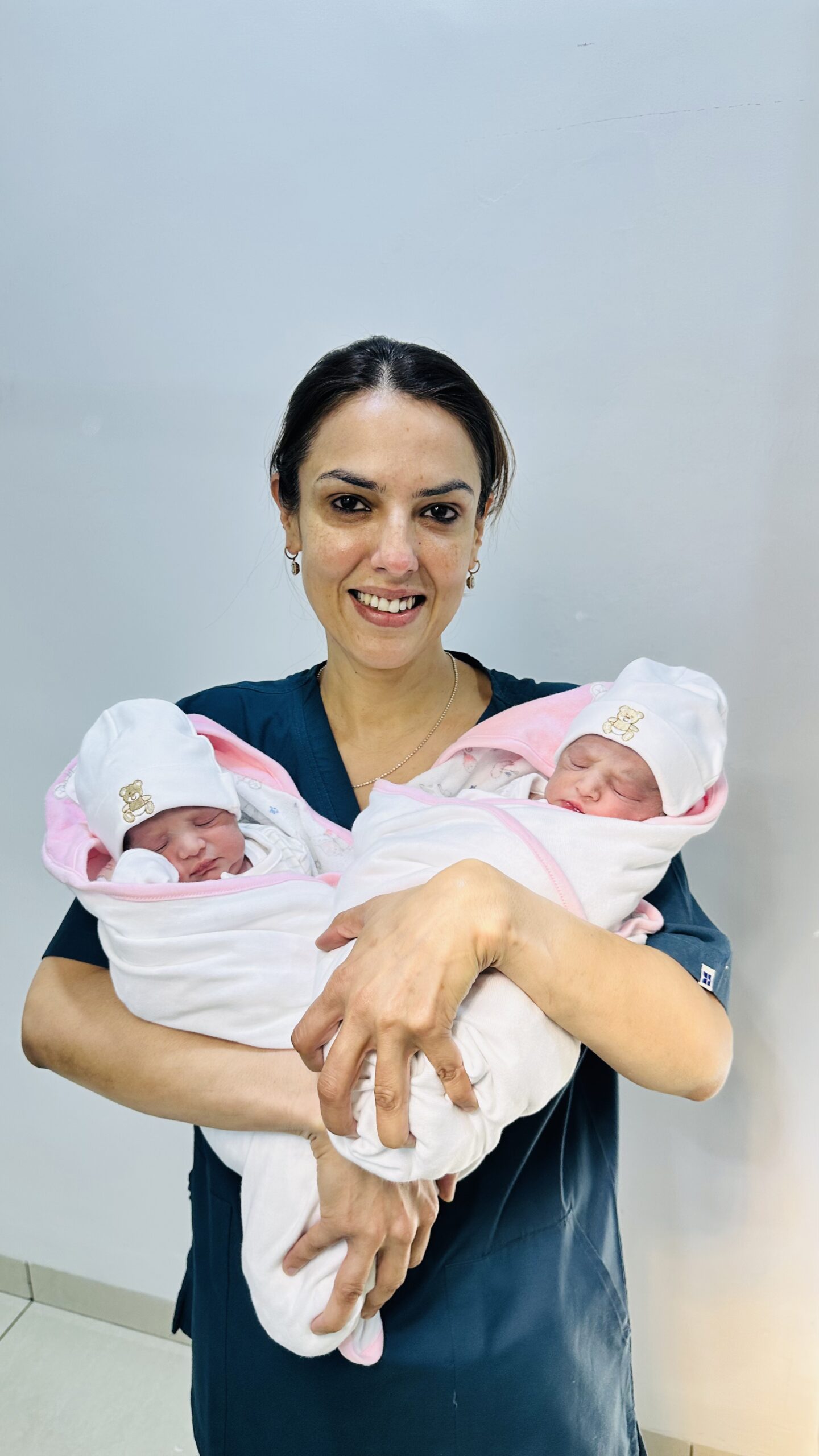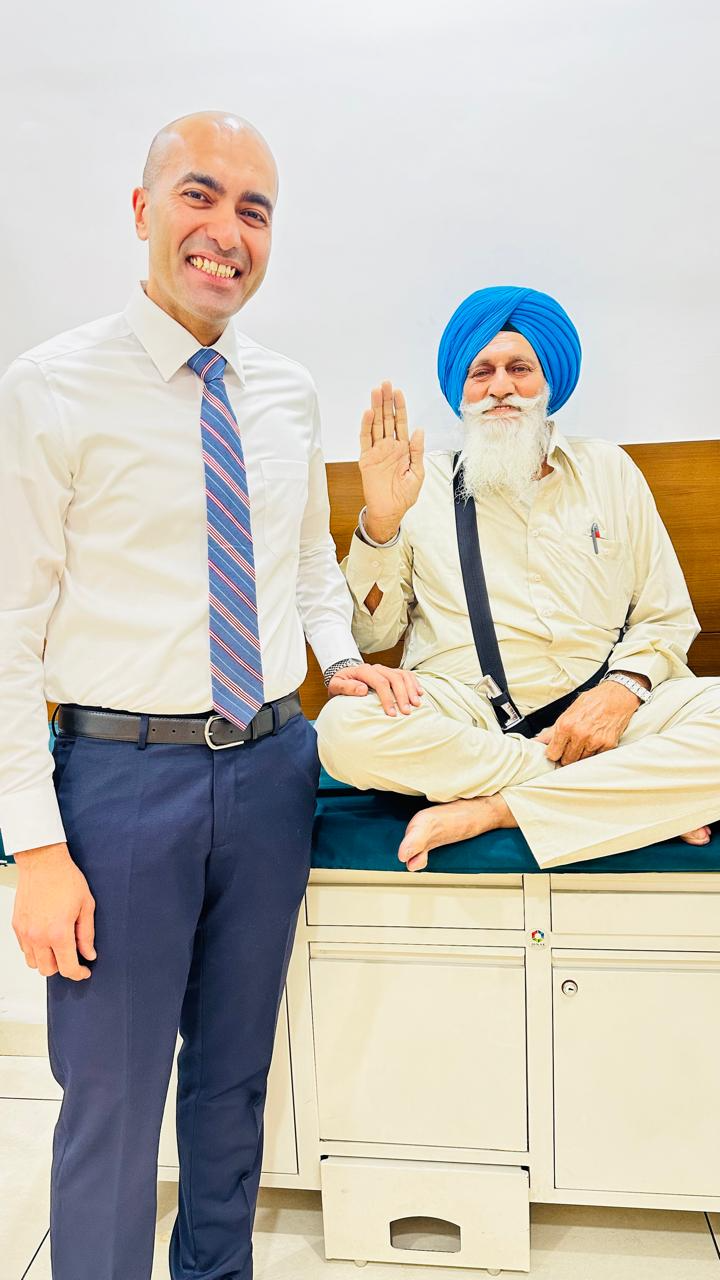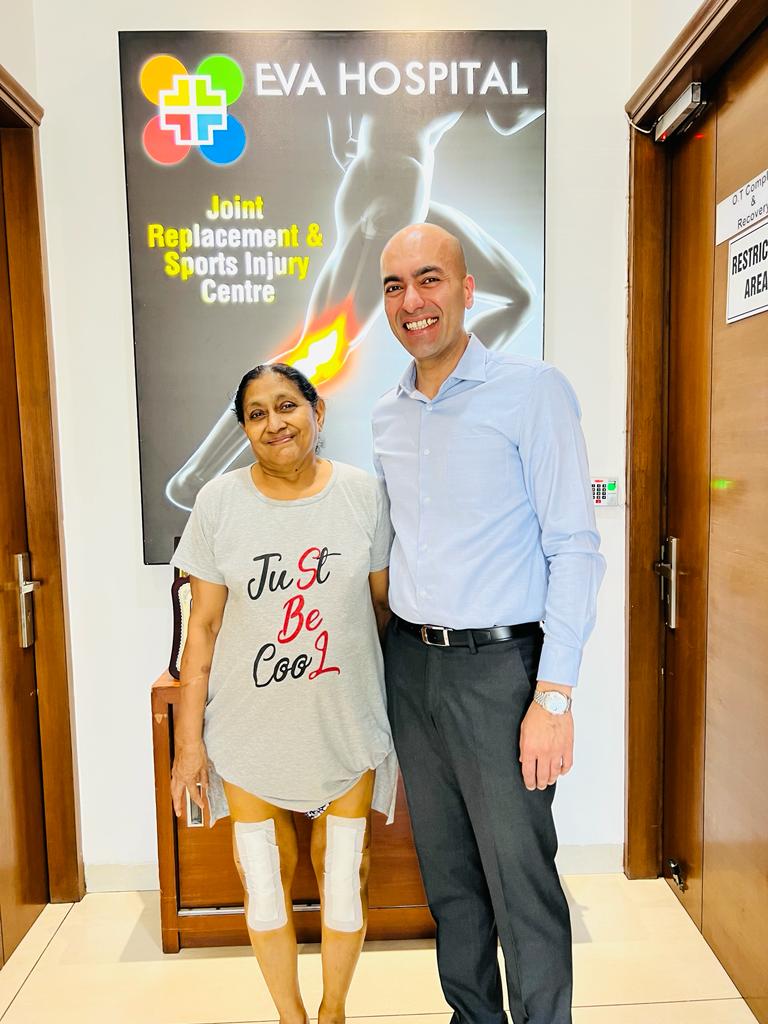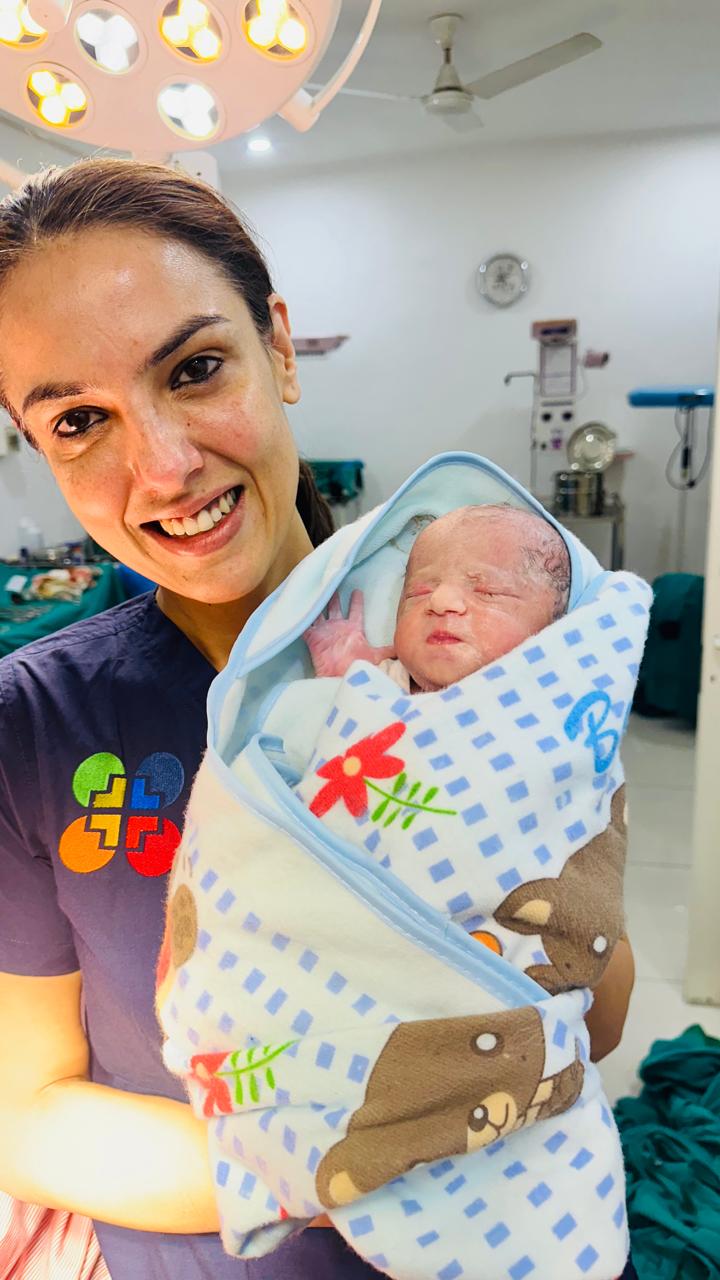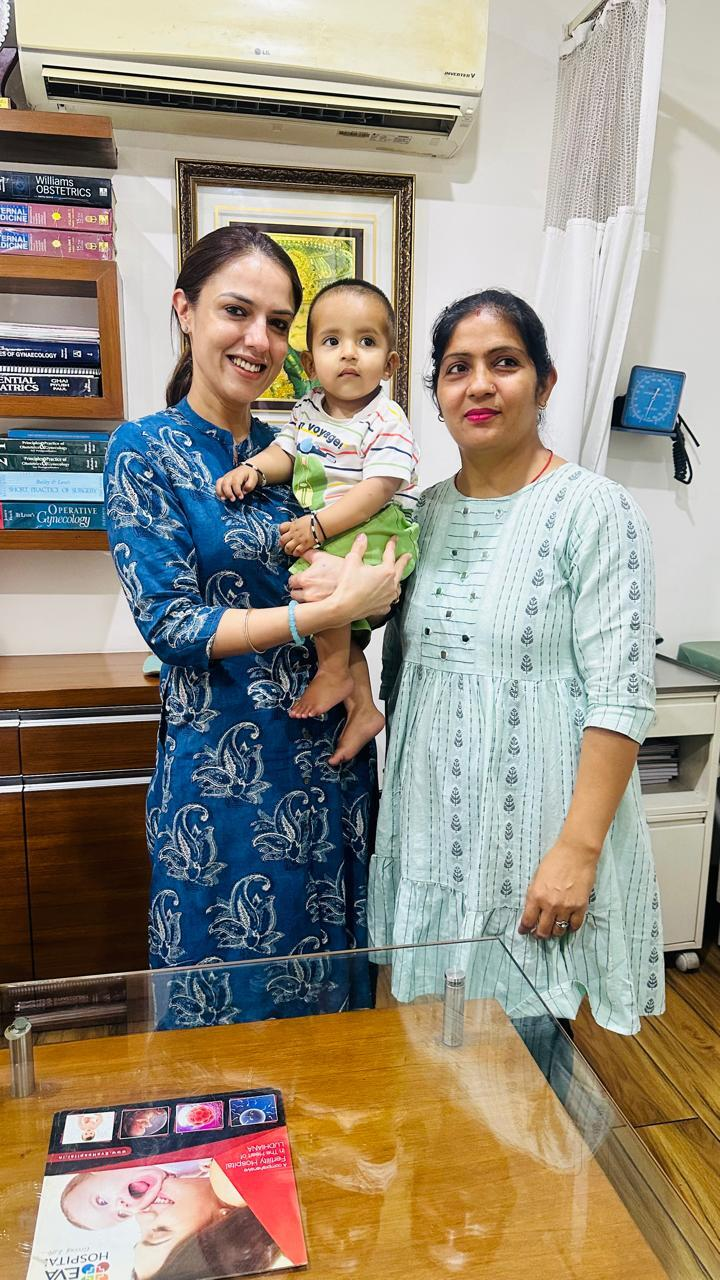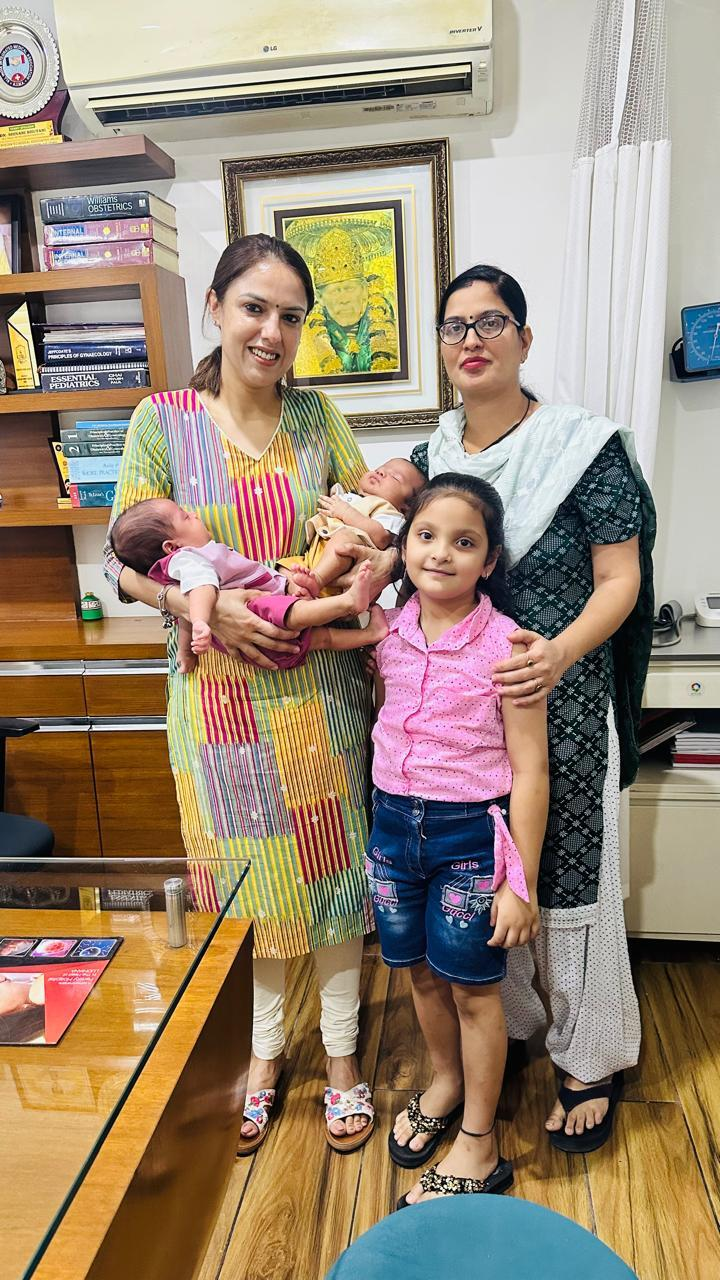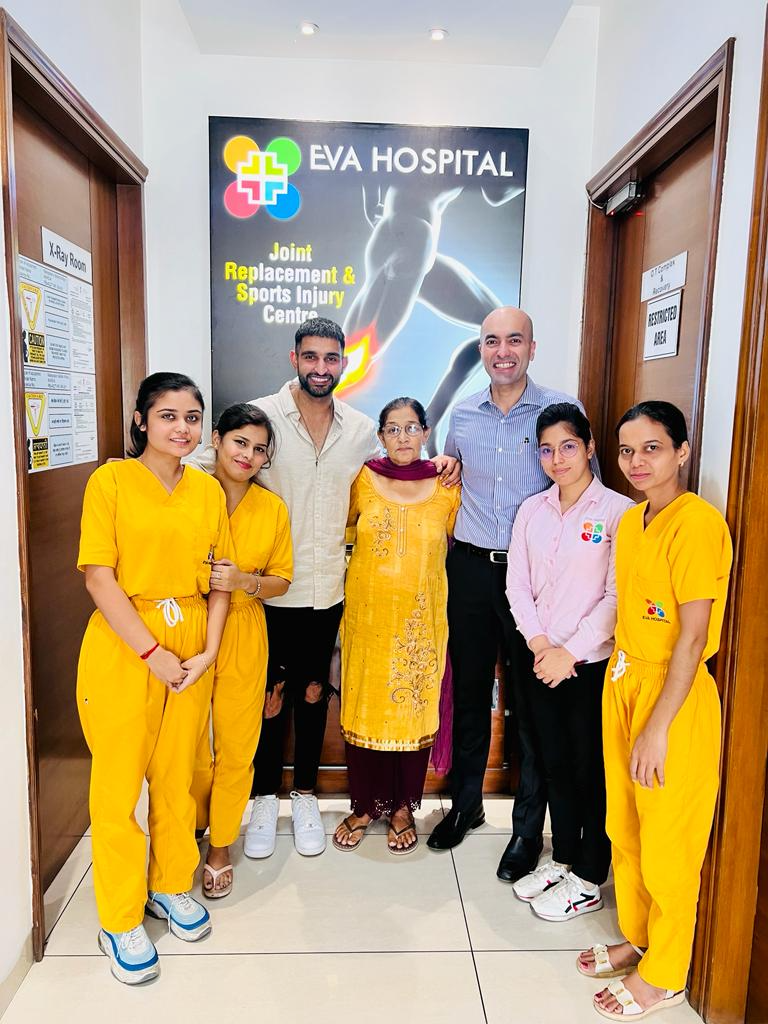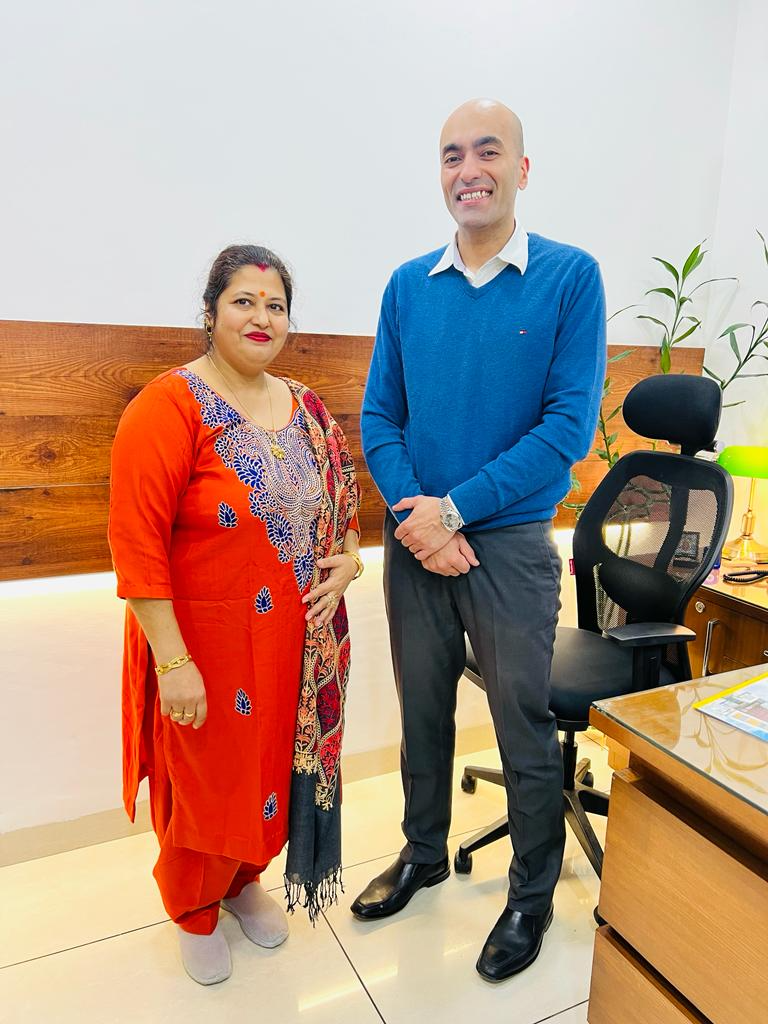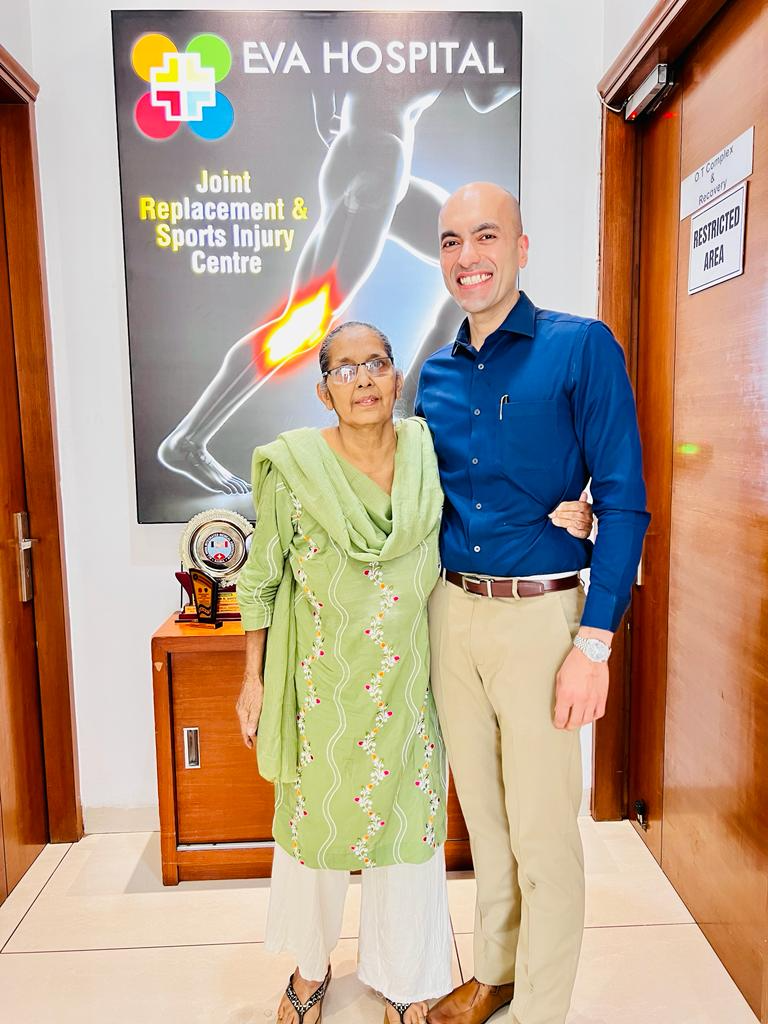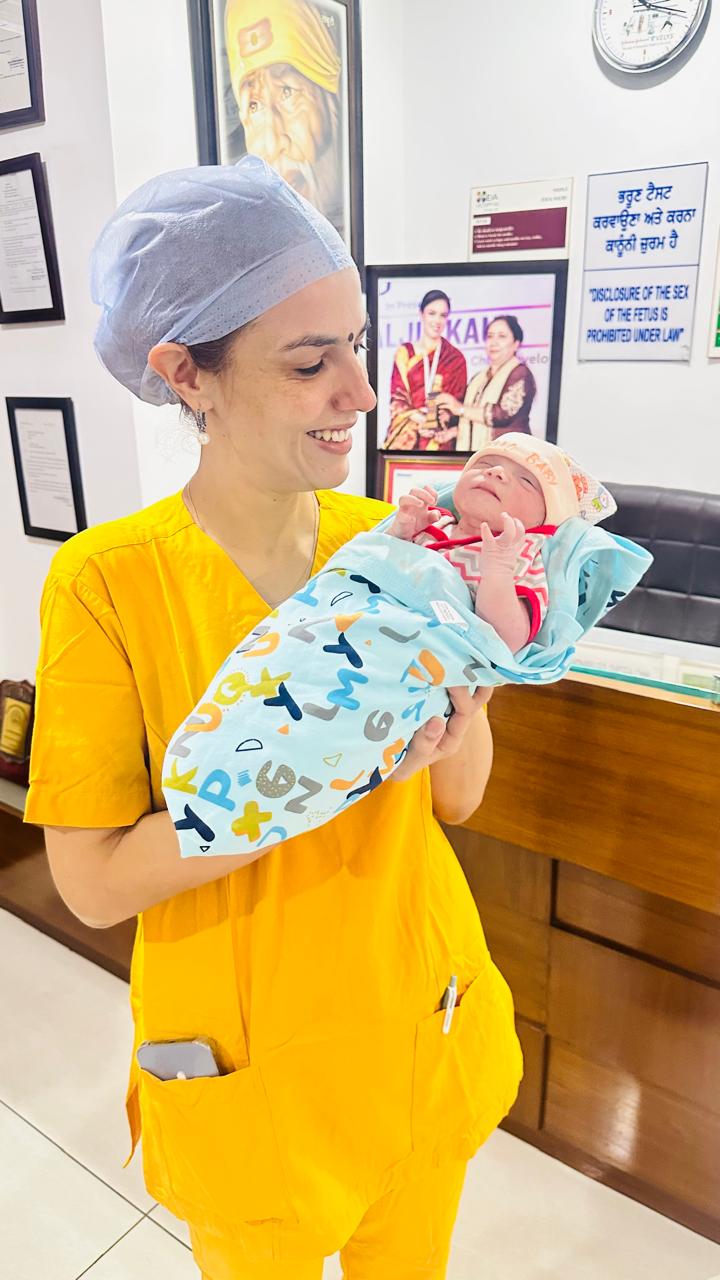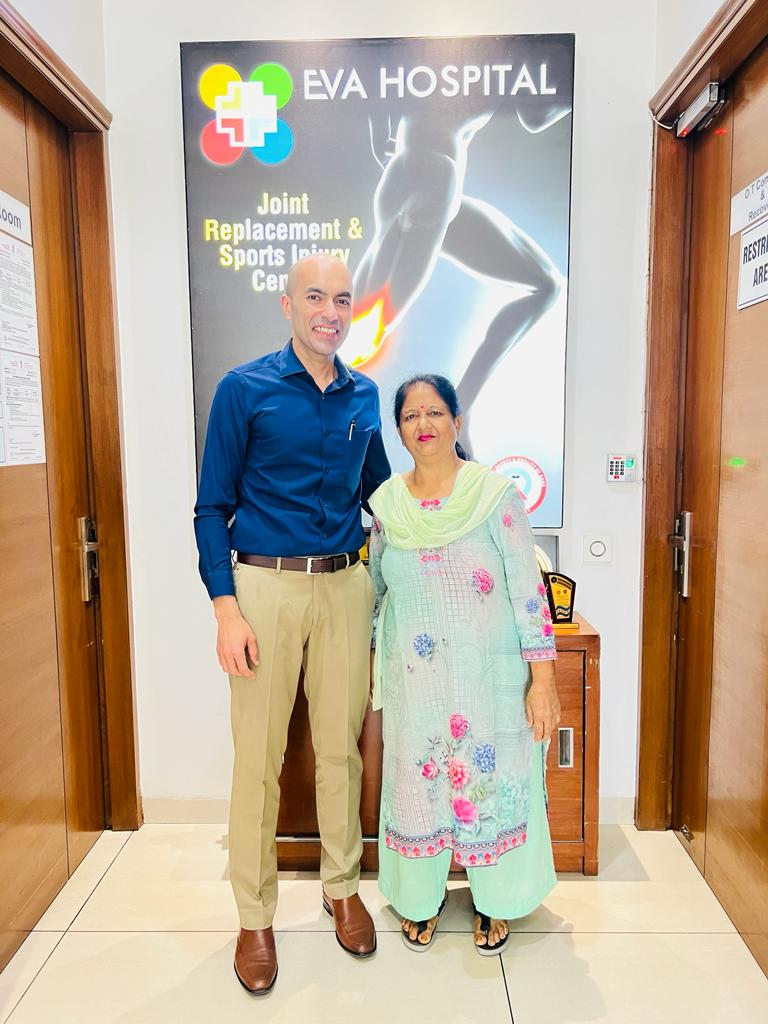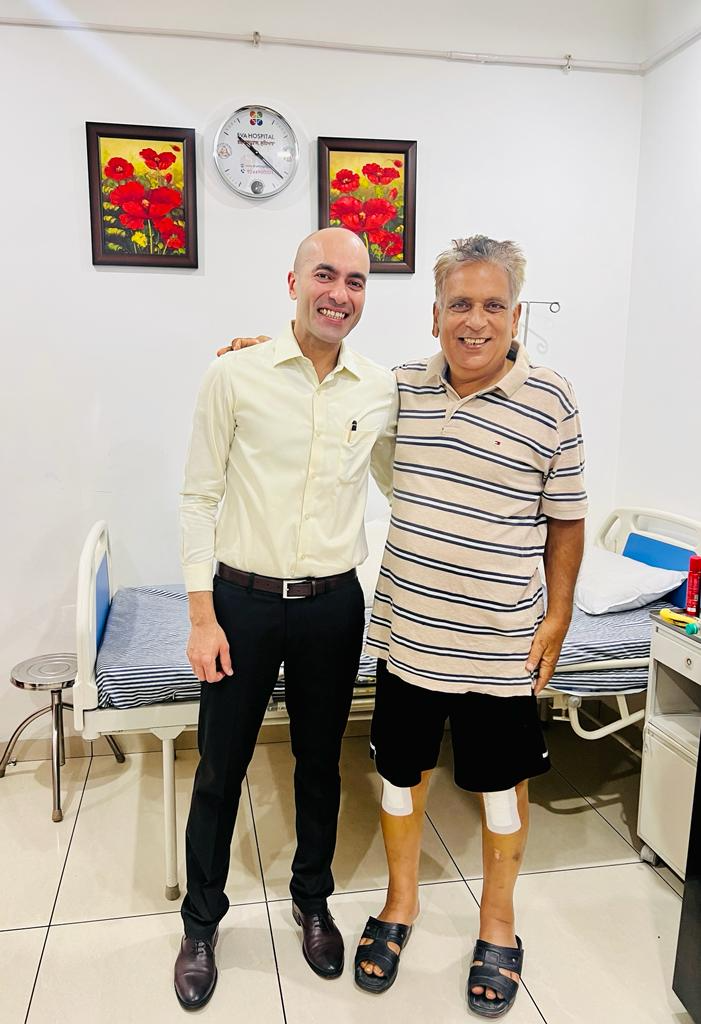ACL surgical procedures require substantial time to heal after becoming one of the significant surgical interventions. Among the four knee-supporting ligaments the anterior cruciate ligament stands as the ACL. ACL tears frequently damage people who actively engage in contact sports. The treatment includes removing the damaged ligament and switching it with tissue obtained from a different section of the body during ACL surgery. Great recovery outcomes after surgery must always follow your surgeon’s recommendations and remain moderately active to prevent complications.
Athletes and individuals requiring top-notch orthopedic solutions can contact Dr. Kamal Verma at Eva Hospital in Ludhiana who holds a respected position as an orthopedic specialist. Your main goal following ACL surgery should include complete knee recovery for experiencing better health as well as returning to sports activities and daily routines. The treatment period spans from up to 12 months until longer and consists of 5 fundamental steps as a basic structure.
5 Crucial Stages to Recover From ACL Surgery
Stage 1 (Weeks 1-3)
Hence the timeline guide explains the ACL reconstruction recovery process better than post-operative consultations while maintaining their advice. A person’s first three weeks after surgery determine the outcome of their recovery process. Fostering a positive healing environment requires people to watch their diet and apply ice for reducing excessive inflammation.
During this period the body demands an ideal environment for muscle preparation that will lead to essential post-surgical strength development. Normal walking requires complete control over leg muscles especially the quadriceps (thigh) muscle which leads to better strength capability for standing up and stair-climbing. To achieve optimal functional results proper knee movement has an essential role.
Stage 2 (Weeks 4-6)
The post-operative period includes restructuring of tendon graft replacements. A person who needs to fix a torn anterior cruciate ligament typically utilizes their patellar or hamstring tendon segments for the most common graft method. Before using this tendon it requires restructuring.
The process of tissue remodeling transforms the tendon material into ligament tissue which develops strength necessary to support an ACL. The most rapid healing occurs for patients who have reached the final stage of their recovery period. The treatment phase enables numerous patients to get rid of their walking aids and braces. Physical tasks such as bending knees to wear pants will become possible because of decreased inflammation in this recovery stage.
Stage 3 (Week 6-12)
The knee becomes capable of handling increased loads during this period as functional strength achieves its maximum growth between six to twelve weeks post-operation. The rehabilitation plan focuses on specific weight-bearing and strengthening exercises for activities a patient performs including balancing, performing squatting and ascending and descending stairs. Normal muscle operation returns to the body and the walking pattern transitions into a more stable form.
During the 6–12 week phase patients need to remain committed because high repetition is a key factor that determines their advancement to impact exercises before returning to work or sport at the following stage. Patients need to focus on developing strength along with elevation and control within their lower body.
Stage 4 (3-6 months)
The reconstructed ACL becomes strong enough and the bone healing achieves complete recovery to allow patients to begin jogging and jumping activities. The recovery process produces better muscular stability as well as control over the body. The ligament can handle increased stress levels but patients normally retain uncontrolled movement of their lower extremities. The rebuild success of ACL needs careful execution of physical exercises that protect the reconstructed structure and supporting tissues.
To reduce reinjury risks upon sport or leisure activity return patients need training for their legs and proper control of jumping and landings. Individuals will be ready to resume their activities when they show effective lower extremity control during hopping as well as jumping and squatting activities.
A healthy recovery requires correct cutting form because rotating motions imitate normal ACL damage activities during pivoting and cutting movements. Complete functional recovery remains essential because ACL tears mostly occur when bodily instability leads to movements such as pivoting and jump-related landings.
Stage 5 (6-12 months)
Doctors provide clearance to return to work and sports after patients show strong stability during hopping, jumping, running and cutting in addition to demonstrating solid functional strength and stability during squatting. The studies recommend objective assessments as the principal factor for making return to play decisions rather than patient timeline considerations.
Players typically need six months before they can play contact sports yet graft healing together with recovery takes between one and more than a year. Controlling lower extremity alignment during exercise becomes crucial for preventing new injuries because the patient needs to maintain careful attention to their position throughout the exercise.
Why Choose Eva Hospital for ACL Reconstruction Treatment?
Eva Hospital serves as the most suitable institution for ACL reconstruction care because it incorporates advanced facilities with skilled healthcare personnel and customized treatment methods.
Patients receive advanced world-class care from renowned orthopedic surgeon Dr. Tanveer Singh Bhutani who guarantees both fast recovery and enduring outcomes. So what are you waiting for? Select Eva Hospital for the highest standard of healthcare services.





